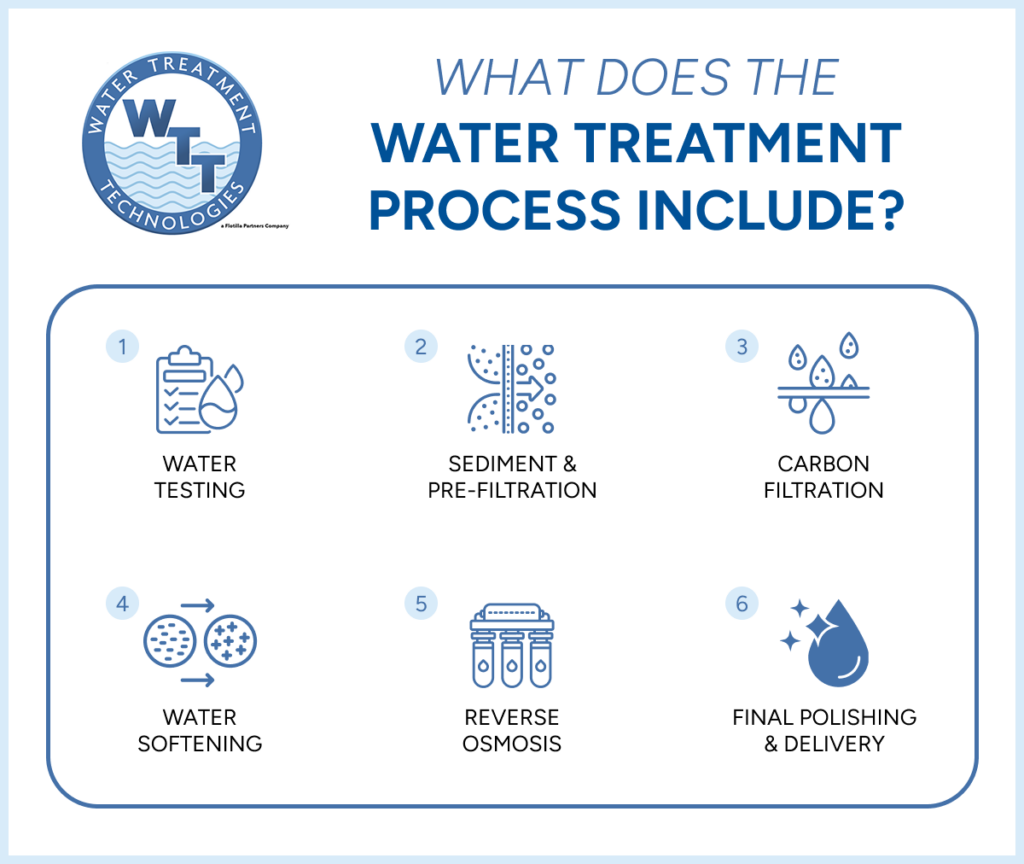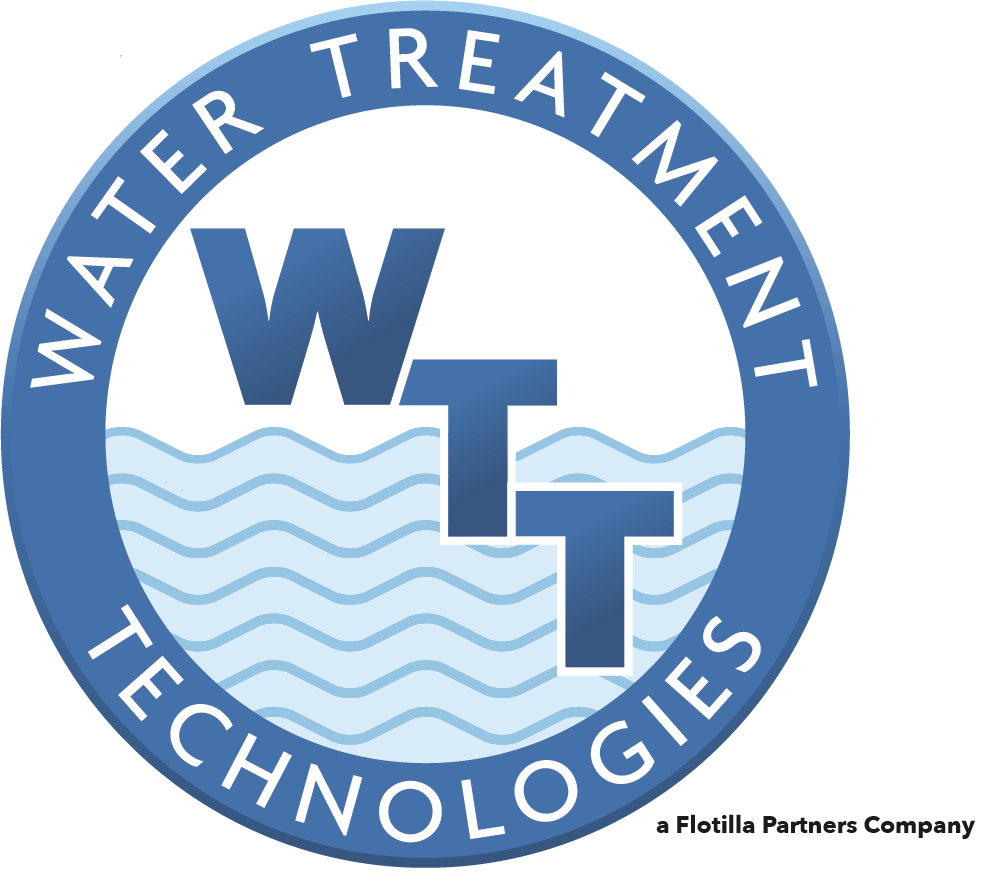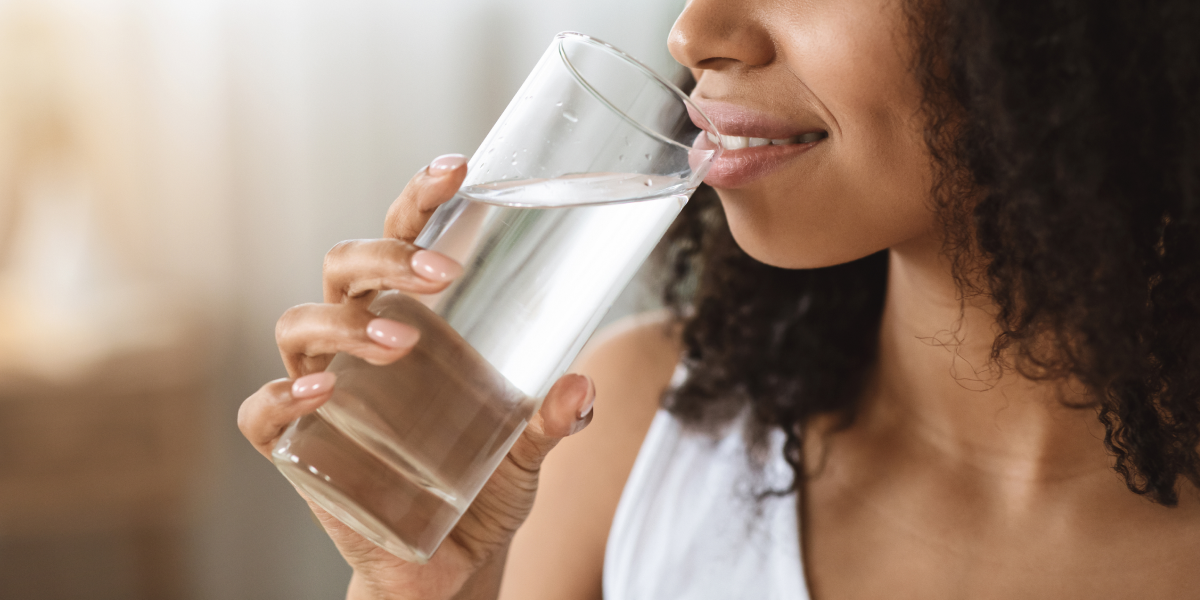If you’ve ever turned on the tap and wondered what’s really in your water, you’re not alone.
Between natural minerals, chemical additives, and potential contaminants, unfiltered water can come with more than meets the eye. That’s where water treatment comes in.
But what does the water treatment process actually involve — and do you really need it? Let’s break it down so you know what to expect and why it matters for your home, health, and peace of mind.
What Is Water Treatment?
At its core, water treatment is the process of improving the water quality to make it safer, better-tasting, and more suitable for drinking, bathing, and everyday household use.
While public utilities treat city water to meet safety standards, those standards don’t always match the quality homeowners expect, especially in regions like Florida, where water hardness and chlorine content are common concerns.
For homes with well water, treatment becomes even more critical. Without the oversight of a municipal system, it’s up to the homeowner to make sure their water is clean, healthy, and safe to use.

What Does the Water Treatment Process Include?
A basic water treatment setup typically includes several stages, depending on the condition of your water and the needs of your household. Here’s a step-by-step look at how a standard whole-home water filtration system works:
1. Water Testing
The process begins with a free water test to identify specific contaminants and issues in your water, such as high chlorine levels, sediment, hardness, or bacteria.
2. Sediment & Pre-Filtration
First, water passes through filters that remove larger particles like sand, rust, and debris. This stage protects your plumbing and improves water clarity.
3. Carbon Filtration
Next, carbon filters remove chlorine, volatile organic compounds (VOCs), and other substances that can cause unpleasant tastes and odors.
4. Water Softening
If you have hard water, a softener is installed to remove excess minerals like calcium and magnesium. This improves water quality and helps prevent scale buildup in pipes and appliances.
5. Reverse Osmosis (Optional but Powerful)
For those looking for the highest level of purification, a whole-house reverse osmosis system filters water at the molecular level, removing heavy metals, nitrates, bacteria, and other microscopic impurities. Learn more about reverse osmosis and drinking water systems.
6. Final Polishing & Delivery
Once treated, water is distributed throughout your home, giving you clean, purified water from every tap and fixture.
Is Water Treatment Right for You?
Here are a few signs that you may benefit from a whole-home water filtration system:
- Your water smells like chlorine or tastes metallic
- You notice stains or buildup on sinks, tubs, or dishes
- Your skin and hair feel dry or irritated after showers
- Your appliances are wearing out faster than expected
- You rely on well water that hasn’t been tested or treated
- You’re concerned about long-term exposure to contaminants
Even if your water “looks fine,” it doesn’t always mean it’s clean. Testing and treating your water is an easy way to protect your home and health.
The Pros & Cons of Water Treatment
Pros:
- Cleaner, better-tasting water throughout your home
- Extended lifespan of plumbing and appliances
- Healthier skin and hair
- Peace of mind about what you’re consuming
- Long-term savings vs. bottled water or frequent repairs
Cons:
- Requires professional installation
- Upfront investment (though systems are often surprisingly affordable)
- Regular maintenance (usually minimal and scheduled)
Take the First Step Toward Cleaner Water
Water is something you use every day — it should be something you feel good about.
Whether you’re dealing with city water or well water, understanding the water treatment process helps you make informed choices about the quality of your water and the comfort of your home.
If you’re ready to learn more about whole-house reverse osmosis systems or explore customized options for your home, our team is here to help. Schedule your free water test or get started today to take the first step toward cleaner, healthier water.

